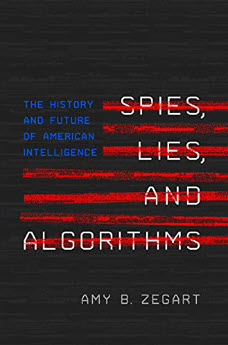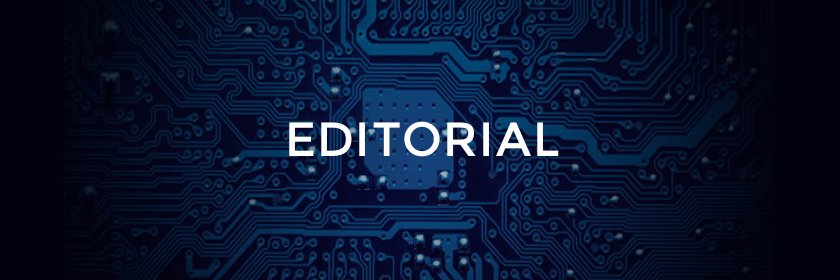Volume 21, Issue 3
Book Review by W Hutchinson
Amy B. Zegart (2022) Spies, Lies, and Algorithms, Princeton University Press, Princeton NJ, US.

The subtitle to this book is ‘The History and Future of American Intelligence’. This is exactly the theme of this book but, unlike the real title, it does not reflect the novel approach taken by the author. The coverage is obviously U.S.-centric but is relevant to those interested in intelligence, and information operations/warfare. The author defines ‘intelligence’ as “information that gives policymakers an advantage over their adversaries” (p.79). However, this book provides an understanding at all levels in the process of information usage and protection. It is clearly written and full of examples from the past and contemporary situations as well as potential scenarios. I found this latter element and the precision of the descriptions both absorbing and stimulating. Zegart emphasizes new technologies, such as artificial intelligence (AI), Internet connectivity, quantum computing, and synthetic biology that will disrupt the political and economic worlds. However, I was surprised nanotechnology was not mentioned.
The book has ten chapters covering such topics as educating for intelligence and its history. A chapter on ‘Intelligence Basics’ cleverly uses Rumsfeld’s famous “knowns and unknowns” speech as a basis of explanation. Chapters on analysis, counterintelligence, and covert action give concise and very interesting insights. The need for oversight and also the expansion of the intelligence function to non-traditional actors brings us to into the changing contemporary world of non-government actors in the field, and their impact. The final chapter on cyber threats with insightful topics such as cyber-deception and the increasing power of actors such as social media owners brings the book to a fitting end.
I gained a lot from this well-written text, authored by this knowledgeable and influential person. I would recommend this to those in, or interested in, the fields of intelligence and information warfare/operations.
The main text is 276 pages plus 96 pages of reference notes, 12 pages of selected readings, and a substantial index. It is available as an electronic or hard copy book and an audiobook. It can be found in good bookshops, and online. The audiobook is available at Amazon.
Journal of Information Warfare
The definitive publication for the best and latest research and analysis on information warfare, information operations, and cyber crime. Available in traditional hard copy or online.
Quick Links
Archive



